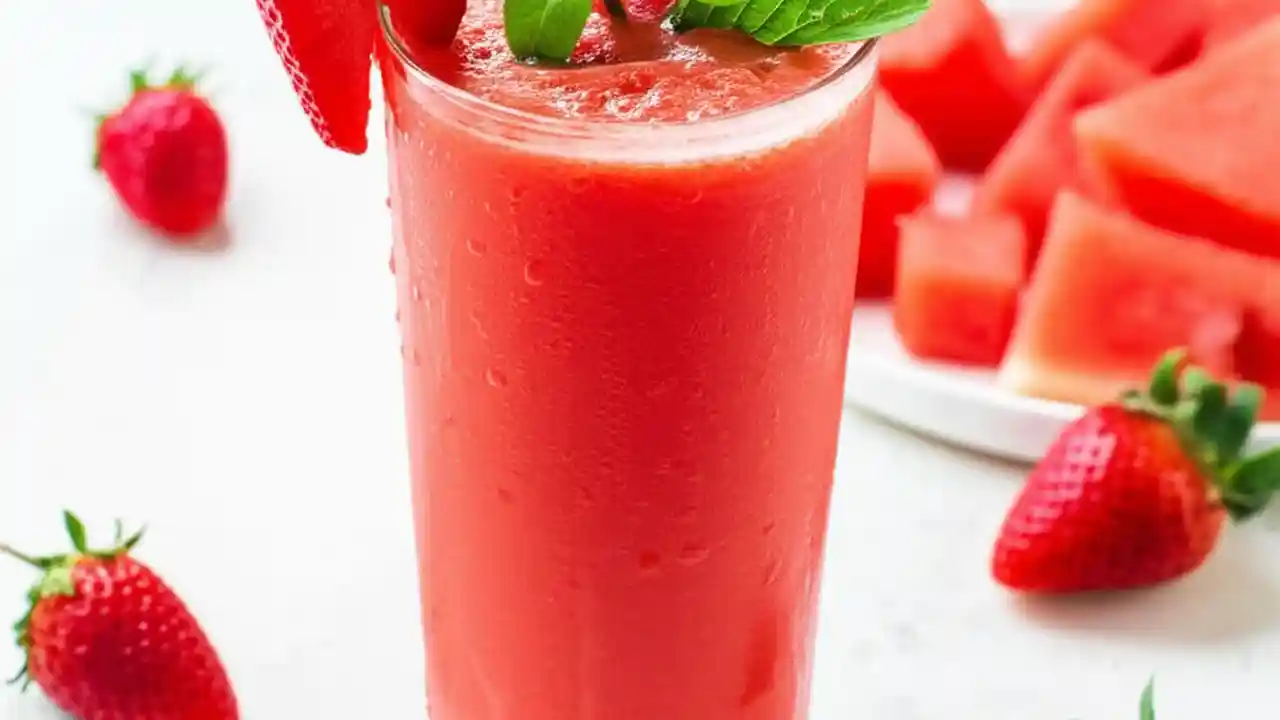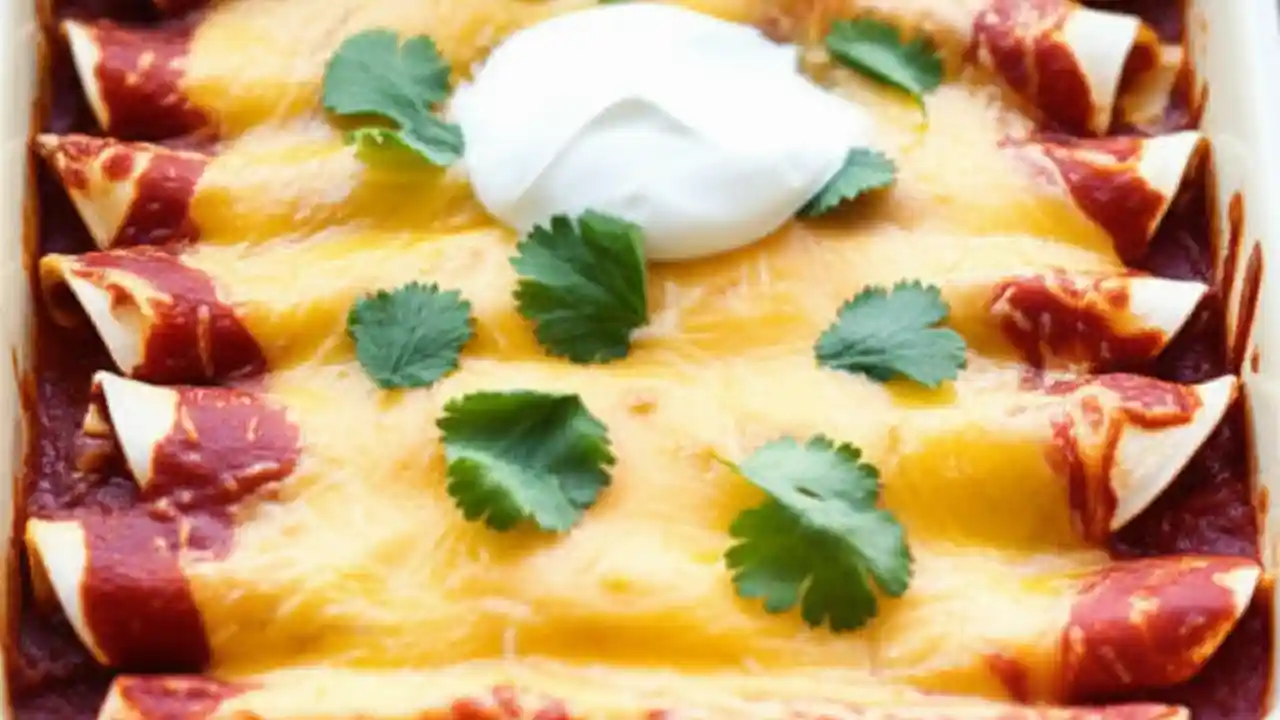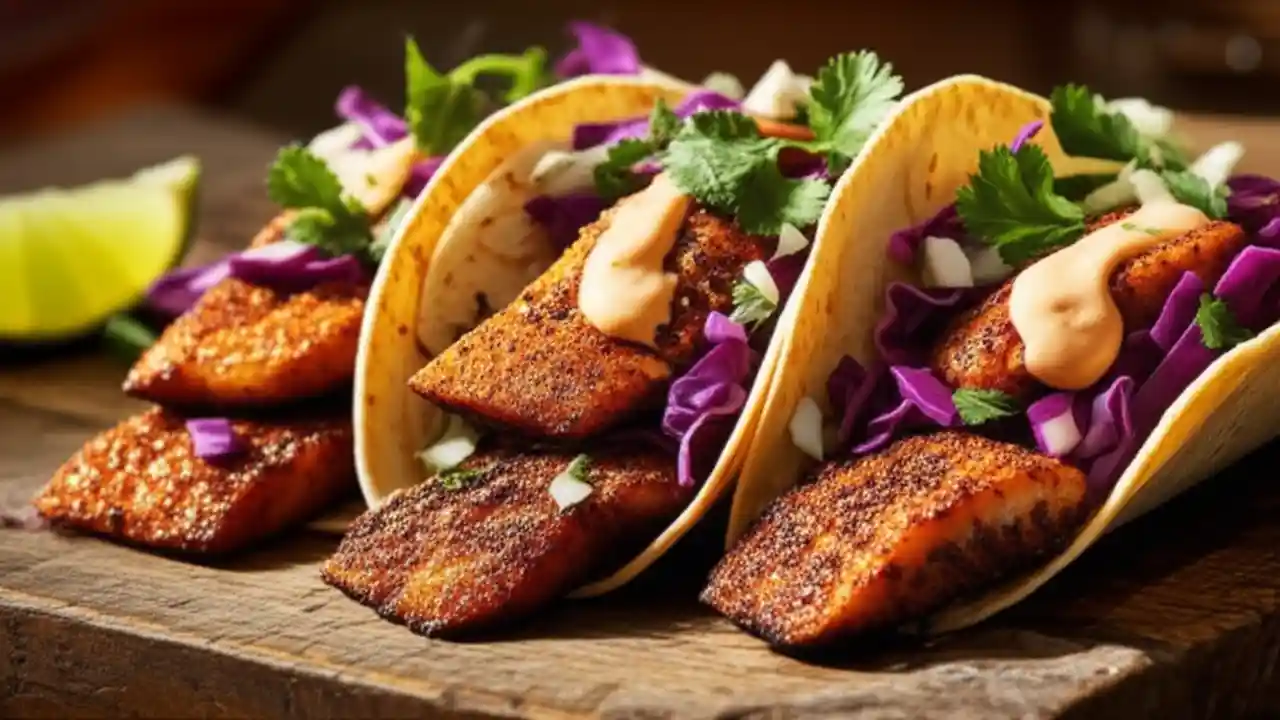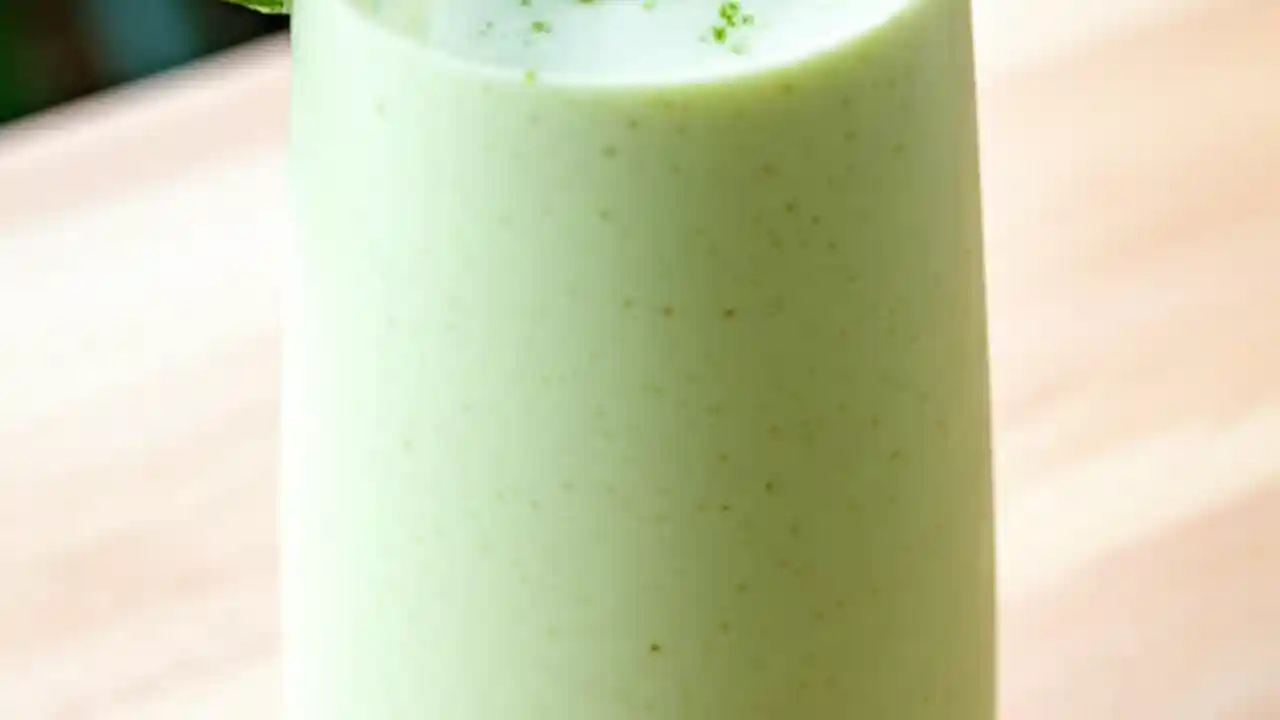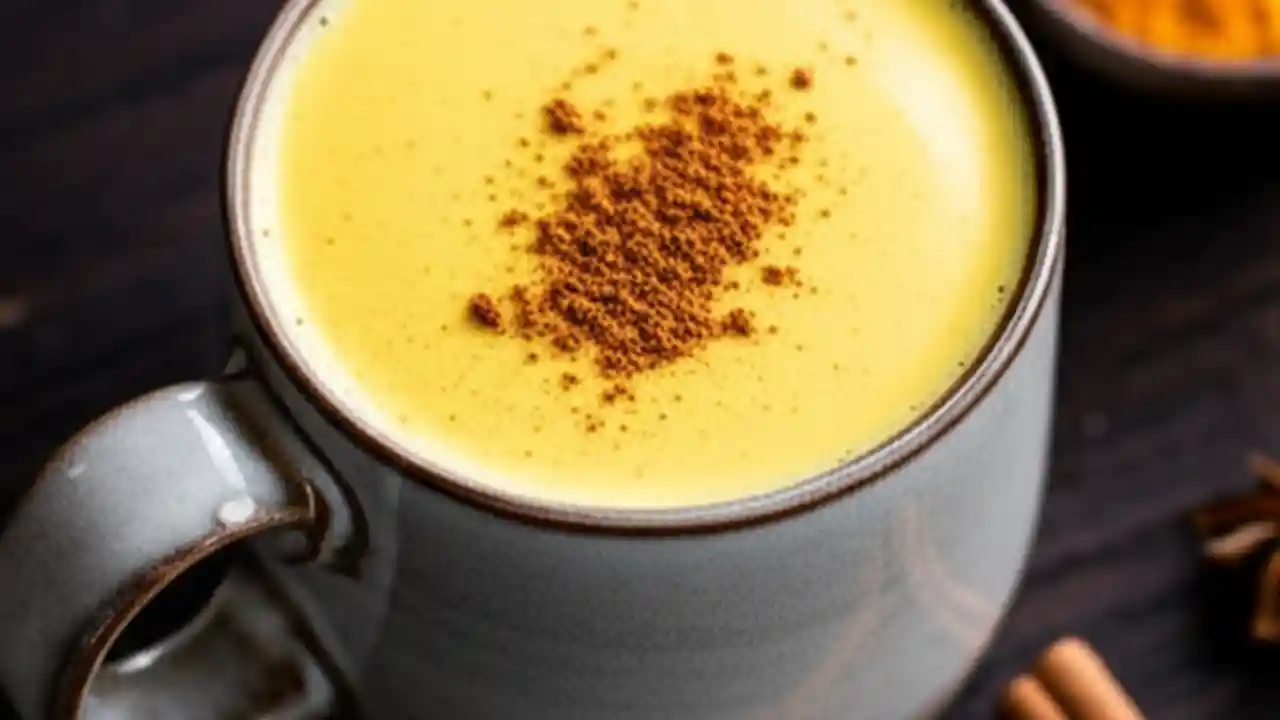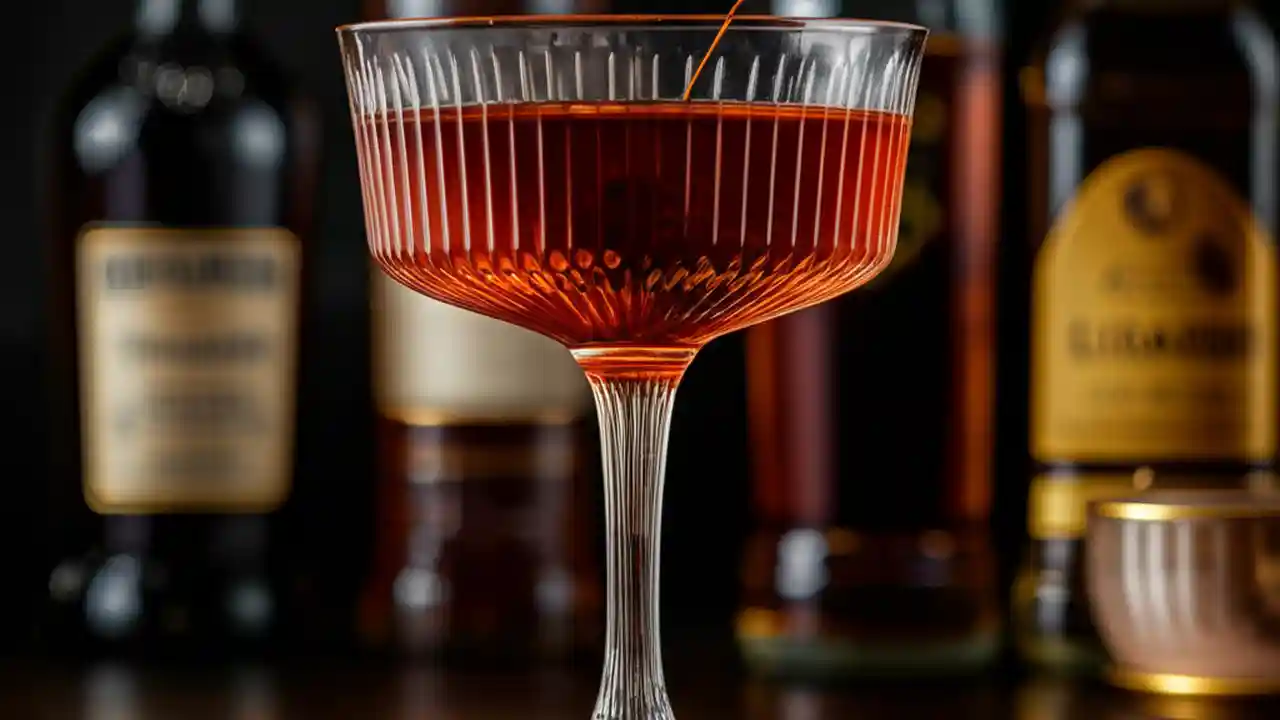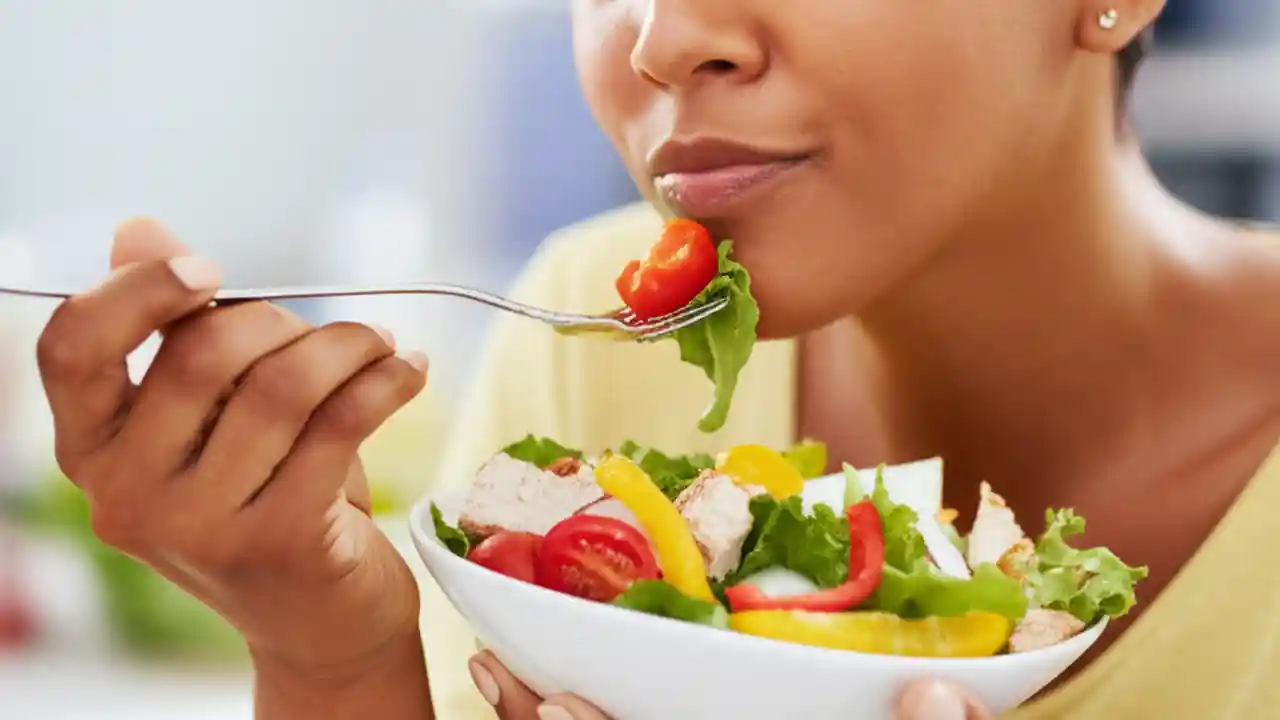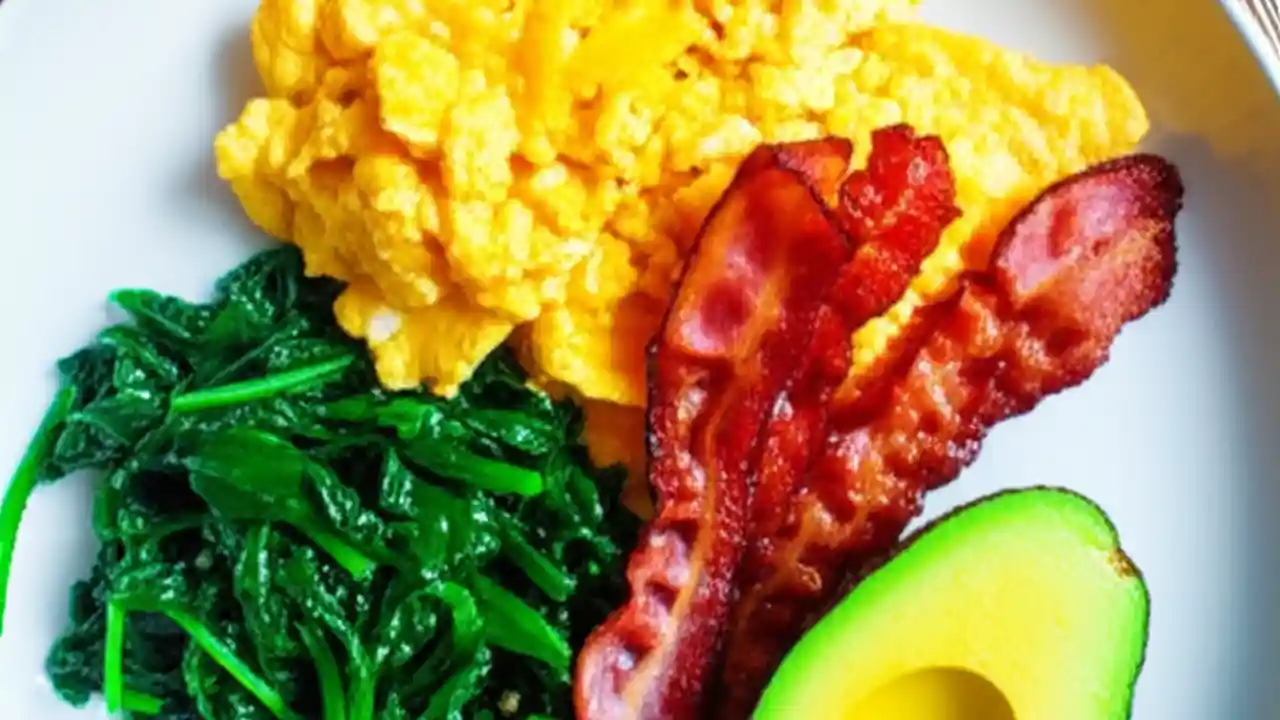My first real Pisco Sour wasn’t in a trendy cocktail bar in New York; it was on a humid evening in Lima, Peru. I thought I knew what to expect—a simple sweet and sour drink. What I got was a revelation. It was ethereal, with a luscious, cloud-like foam that held its shape, and a flavor so perfectly balanced it danced on the palate. I spent the rest of that trip trying to figure out the secret, and after talking to countless bartenders and making dozens of versions back home, I cracked the code.
The game-changing secret isn’t just using a fresh egg white, which everyone knows. It’s the order in which you shake it. Most recipes call for a “dry shake” (shaking without ice first). But I discovered the “reverse dry shake” (shaking with ice first, straining, then re-shaking without ice) creates a dramatically richer, more stable, and velvety foam. It’s a small change in process that yields a massive upgrade in texture.
This recipe is the culmination of that journey. I promise you, this isn’t just another Pisco Sour recipe. It’s a method. Follow it, and you’ll create a cocktail that rivals the best bars in Lima. You’ll achieve:
- A Luxuriously Thick Foam: A stable, silky foam that lasts until the final sip, thanks to the reverse dry shake technique.
- Perfect Balance: No more overly sweet or sharply acidic sours. This recipe nails the delicate harmony between the Pisco, lime, and sugar.
- Authentic Flavor: We’ll use the right ingredients to create a taste that is true to the Peruvian classic, right down to the aromatic bitters.
Table of Contents
Family Feedback
“Okay, Silas, I’m officially a convert. I always thought sours were not for me, but this Pisco Sour is on another level. That foam is incredible, like a cloud. It’s so smooth and surprisingly refreshing. I made two last Friday and they disappeared in about five minutes.”
“As a cocktail nerd, I’m seriously impressed. The texture you achieved with that reverse dry shake method is flawless. It’s perfectly balanced—the Pisco shines through without being harsh. This is, without a doubt, the best Pisco Sour recipe I’ve ever tried at home. It’s going in my permanent recipe book.”
Recipe Card
| Course | Cocktail, Drink, Appetizer |
| Cuisine | Peruvian, South American |
| Featuring | Frothy Egg White, Reverse Dry Shake, Fresh Lime, Classic Cocktail |
| Prep Time | 5 minutes |
| Cook Time | 2 minutes |
| Total Time | 7 minutes |
| Servings | 1 cocktail |
| Calories | 248 kcal |
| Author | Silas |
Ingredients
- 2 oz Peruvian Pisco (preferably a Quebranta)
- 1 oz freshly squeezed lime juice
- 1 oz simple syrup (1:1 ratio of sugar to water)
- 1 fresh egg white (about 1 oz)
- 3-4 dashes Amargo Chuncho bitters (or Angostura bitters as a substitute)
- Ice for shaking
A Note on Key Ingredients: Your Pisco Sour is only as good as its components. Use a quality Peruvian Pisco; Quebranta is the traditional choice, offering a wonderful grape-forward, earthy character. Never use bottled lime juice; the fresh, vibrant acidity from a real lime is non-negotiable. For the egg white, use the freshest egg you can find, or use pasteurized egg whites from a carton for convenience and safety.
Instructions
- Chill Your Glass: First things first, place your serving glass (a coupe or rocks glass is traditional) in the freezer to chill. A cold glass is key to a perfect serve.
- Combine Ingredients: In a cocktail shaker, combine the Pisco, fresh lime juice, simple syrup, and egg white. Do not add ice yet.
- The Wet Shake: Fill the shaker about two-thirds full with ice. Seal it tightly and shake vigorously for 12-15 seconds. You should feel the shaker become frosty cold. This step chills and dilutes the drink perfectly.
- Strain: Strain the mixture through a Hawthorne strainer (the one with the spring) into the other half of your shaker, or into a separate vessel. Discard the ice.
- The Reverse Dry Shake: Now, seal the shaker again (with only the chilled liquid inside) and shake vigorously for another 15-20 seconds. This is the most important step. Shaking without ice agitates the egg white proteins, creating a rich, dense, and stable foam. You’ll feel the liquid thicken and expand inside the shaker.
- Pour and Garnish: Retrieve your chilled glass from the freezer. Double-strain the cocktail into the glass (pour it through both a Hawthorne strainer and a fine-mesh sieve) to ensure the smoothest possible texture. Let it settle for 30 seconds to allow the foam to form a distinct layer.
- The Final Touch: Carefully drop 3 or 4 dashes of Amargo Chuncho bitters directly onto the center of the foam. The bitters not only add a beautiful visual contrast but also provide an essential aromatic complexity that greets you before your first sip. Serve immediately.
Secrets to the Perfect Pisco Sour
- The Reverse Dry Shake is King: I can’t stress this enough. A standard dry shake (shaking without ice first) works, but the reverse dry shake creates a foam that is noticeably silkier and more stable. The initial wet shake chills the proteins in the egg white, which then whip up into a tighter, more meringue-like texture during the second, iceless shake.
- Always Double-Strain: Pouring your final cocktail through a fine-mesh sieve as it goes into the glass is a pro move. It catches any stray lime pulp and tiny ice shards, resulting in a flawlessly smooth, velvety mouthfeel. It’s the difference between a good drink and a great one.
- My Big Mistake: The Simple Syrup Shortcut. Years ago, for a party, I tried to save time by using a store-bought “sour mix” instead of fresh lime and simple syrup. The result was a disaster. The drinks were cloyingly sweet, chemically, and completely flat. It taught me a valuable lesson: there are no shortcuts to greatness. Making simple syrup takes two minutes (just dissolve equal parts sugar and hot water) and using fresh limes is essential.
- Bitters Are More Than a Garnish: The drops of bitters on the foam are the first thing you smell. The classic choice, Amargo Chuncho from Peru, has notes of cinnamon and allspice that perfectly complement the Pisco. Don’t just splash them on; place them deliberately. They are an integral part of the sensory experience.
- Creative Variations: Once you’ve mastered the classic, feel free to experiment. Try using an Acholado Pisco (a blend) for more complexity or an Italia Pisco for more aromatic, floral notes. You can also infuse your simple syrup with flavors like pineapple, passion fruit, or even a sprig of rosemary for a unique twist.
Nutrition Facts (Per Serving)
| Calories | Fat | Carbs | Protein |
|---|---|---|---|
| 248 kcal | 0 g | 20 g | 4 g |
Please note that nutrition information is an estimate and can vary based on the specific ingredients and brands used.
Frequently Asked Questions
What is the best Pisco for a Pisco Sour?
For the most authentic Peruvian Pisco Sour, a Quebranta Pisco is the gold standard. It’s a non-aromatic grape that provides a robust, earthy, and slightly funky backbone that stands up beautifully to the lime and sugar. An Acholado, which is a blend of different grape varietals, is another excellent choice for a more complex flavor profile. If you prefer a lighter, more floral cocktail, try an Italia Pisco.
Can I make a Pisco Sour without egg white?
Yes, you can make a vegan Pisco Sour. The best substitute for egg white is aquafaba, which is the liquid from a can of chickpeas. Use about 1 to 1.5 ounces of aquafaba in place of the egg white. It performs remarkably well, and when shaken using the same reverse dry shake method, it creates a surprisingly dense and stable foam. You will notice a very subtle, earthy note from the aquafaba, but it’s a fantastic alternative.
Why isn’t my Pisco Sour foamy?
A lack of foam is usually due to one of three things. First, make sure your egg is fresh; older egg whites lose their ability to hold air. Second, ensure your shaker is completely clean. Any residual oil or soap will kill the foam instantly. Third, and most importantly, you need to shake it hard enough and long enough, especially during the reverse dry shake. You are physically whipping air into the liquid, so don’t be shy!
What is the difference between a Peruvian and Chilean Pisco Sour?
While they share a name, they are quite different cocktails. The classic Peruvian Pisco Sour, which this recipe creates, uses Peruvian Pisco, key lime (or a similar small, acidic lime), simple syrup, egg white, and is garnished with bitters. The Chilean Pisco Sour typically uses Chilean Pisco, Pica lime, powdered sugar, and crucially, does not include egg white or bitters, resulting in a simpler, more direct sour drink without the signature foam.


